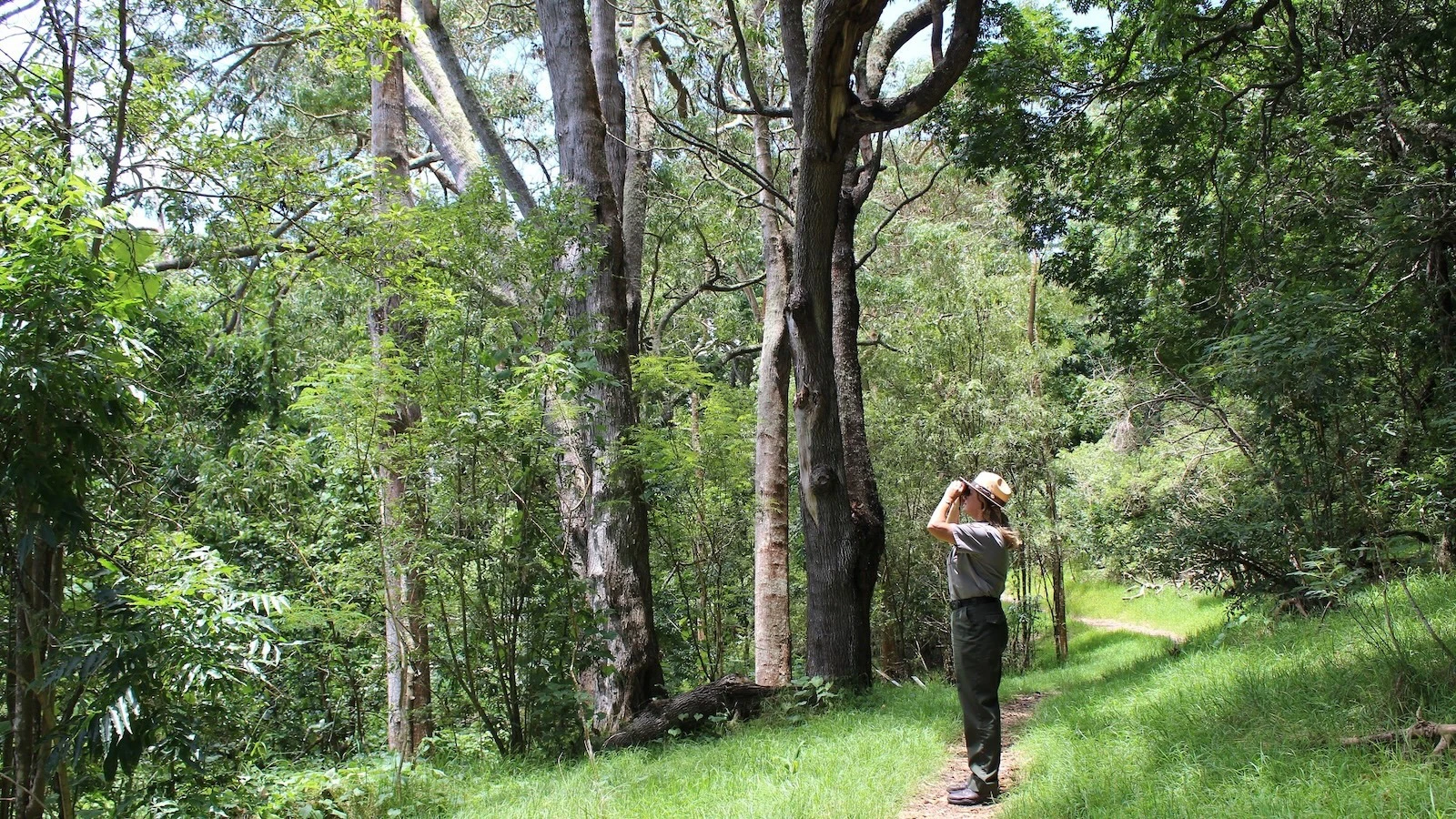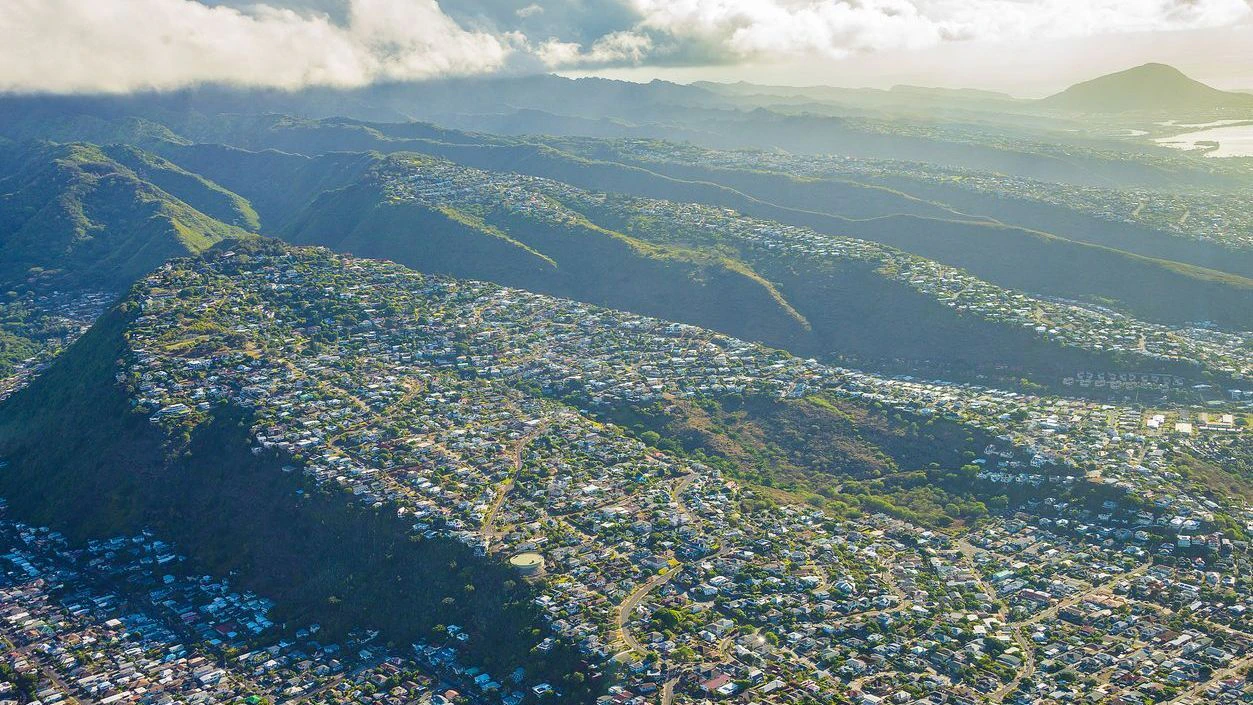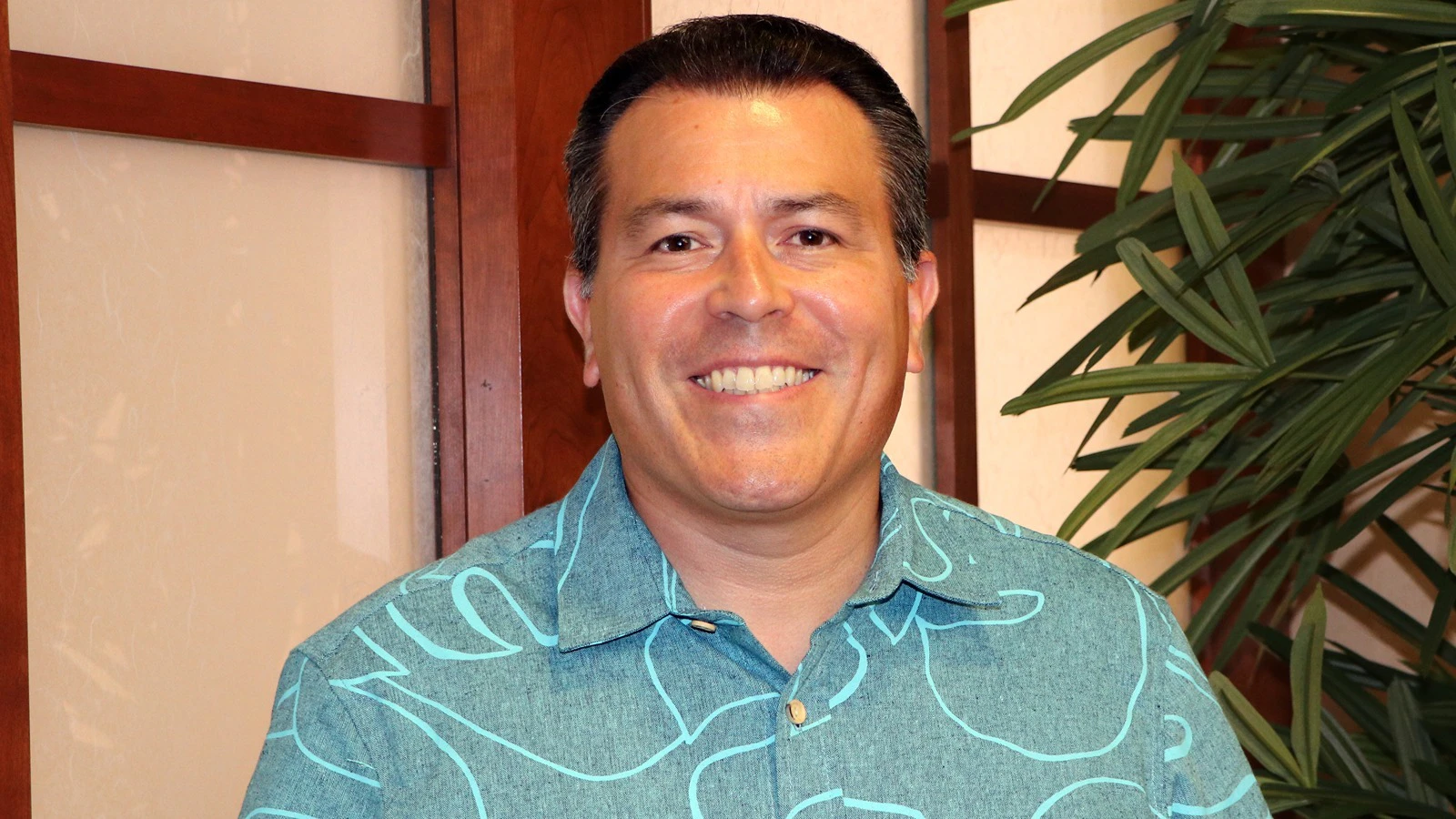Sure, Hawai‘i Volcanoes National Park is home to two of the world's most active volcanoes, but there's more to see at the Hawai‘i Island destination.
"Hawai‘i Volcanoes National Park has more than 155 miles of hiking trails, seven ecological zones and a backcountry wilderness that most visitors never experience," park spokesperson Jessica Ferracane recently told Aloha State Daily. "The park's diversity is bookended by an undeveloped wild coastline to the freezing summit of Mauna Loa at nearly 14,000 feet. Visitors are often astounded by how different each zone of the park is. We think the best way to experience Hawai‘i Volcanoes and its different ecological zone is by walking the park trails."
For early risers, Ferracane said the Kīpukapuaulu Trail is recommended. It's a family-friendly, one-mile loop in the native rainforest near the summit of Kīlauea that's home to endemic honeycreepers like ʻapapane, amakihi, ʻōmaʻo and other species, she says.
"You can also marvel over towering native trees like the koa, ʻōhi‘a, mānele."
The park's website includes information on a number of day hikes and backcountry hikes of various distances and difficulty levels. Some of the day hikes include Crater Rim Trail, Kīlauea Iki and Pu‘uloa Petroglyphs, while some of the backcountry hikes include Halapē and ‘Āpua Point.


According to the park, all eight backcountry campsites and all offsite, or dispersed, backcountry camping require a permit. More information on obtaining a permit can be found here.
HVNP is open 24-7, but its Kahuku Unit — which sits on the slopes of Mauna Loa — is open from 8 a.m. to 4 p.m. Thursdays through Sunday, and also offers a number of day hikes, information for which can be found here.
And if you find yourself on the Valley Isle, there also are a number of hiking opportunities at Haleakalā National Park on Maui. More information on those hikes can be found here.
Eruption update
Kīlauea volcano's current eruption in Halemaʻumaʻu crater within Kaluapele, the summit caldera, began Dec. 23, 2024, and has seen several episodes of lava fountaining separated by pauses in activity, according to an update around 9 a.m. Tuesday from the U.S. Geological Survey Hawaiian Volcano Observatory.
Episode 8 ended abruptly at 7:23 p.m. Feb. 4 after approximately 21.5 hours of eruptive activity, HVO said, but in a second update shared just before 11 a.m. on Tuesday, HVO noted that episode 9 of the ongoing eruption began at 10:16 a.m. this morning, "with lava fountains producing a lava flow on Halemaʻumaʻu crater floor."
Fountains from a north vent were estimated to be roughly 330 feet high at 10:45 a.m. and covering about a quarter of the crater floor, according to HVO, while a "slow effusion of lava at the south vent" began approximately five minutes later.
Lava flows during this eruption have been confined to Halemaʻumaʻu and the southwest side of Kaluapele, and no changes have been detected in Kīlauea's East Rift Zone or Southwest Rift Zone, HVO said.
A livestream video of the Kīlauea summit can be seen here.
Stephanie Salmons can be reached at stephanie@alohastatedaily.com.





